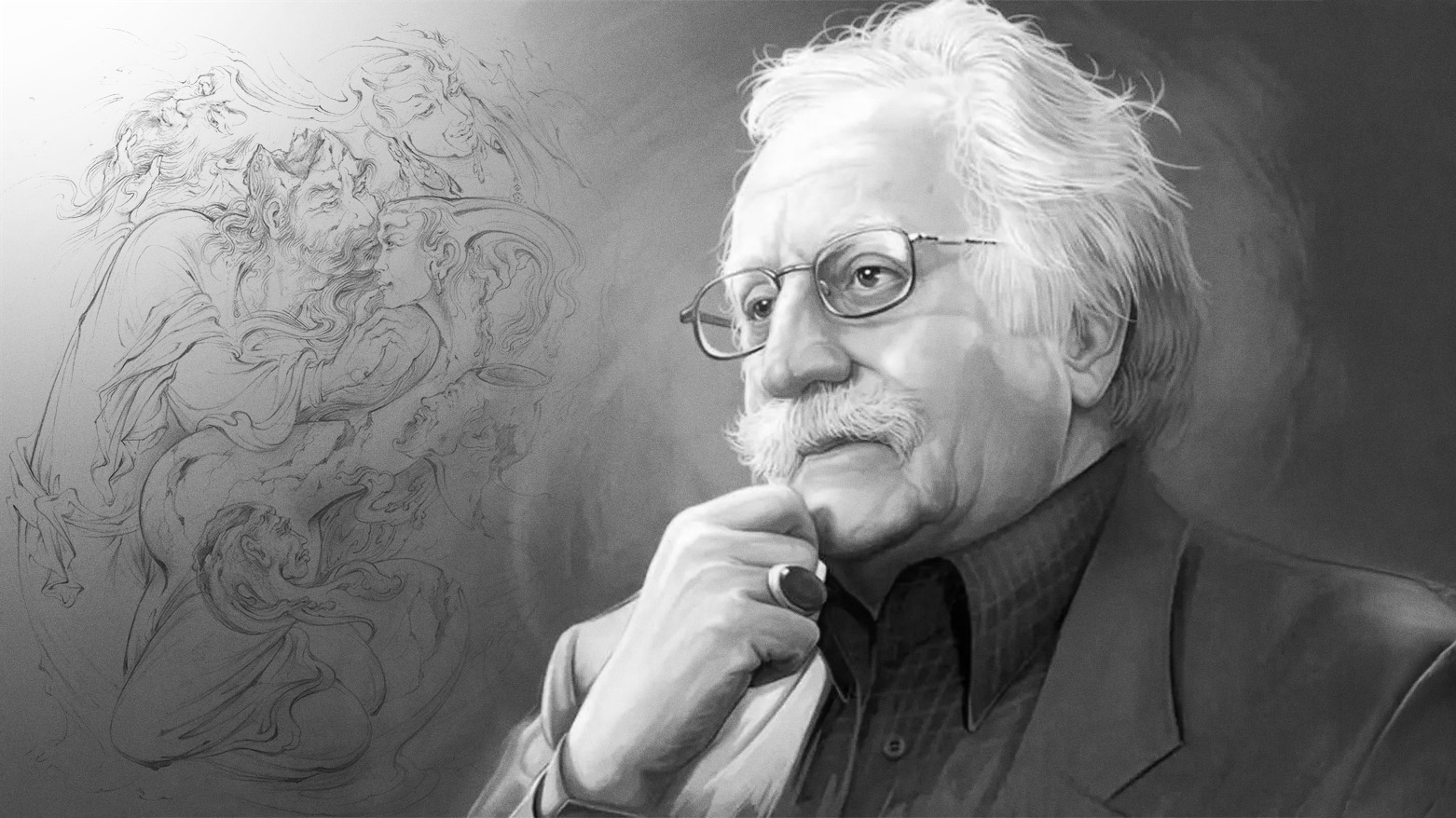Mahmoud Farshchian, Master of Persian Miniature, Dies
Mahmoud Farshchian, a master of Persian miniature art who blended tradition with innovation, has passed away. Celebrated globally, his work drew from Persian literature and shaped generations of artists, leaving a profound cultural legacy.

ERBIL (Kurdistan24) – Mahmoud Farshchian, a monumental figure in contemporary Iranian art celebrated globally for his mastery in blending traditional Persian miniature techniques with breathtaking innovation, has passed away, aged 95, leaving behind a rich and influential legacy that has profoundly shaped the country’s cultural and artistic landscape.
The news of his passing has cast a shadow of sorrow over Iran’s cultural community, with numerous institutions paying tribute to a national treasure. According to a report from the Tehran Times, Farshchian was one of the most prominent figures in his field, renowned for his exquisite works inspired by Persian literature and cultural narratives.
Born in Isfahan in 1930, Farshchian’s journey into the world of art was marked by exceptional talent from a young age.
His father, a prominent figure in Isfahan’s carpet industry, recognized his son’s extraordinary gift and guided him to the workshop of Mirza Aqa Emami, where his potential was first discovered.
After training under prominent masters and graduating from the School of Fine Arts in Isfahan, he traveled to Europe to further study Western art. He was known for immersing himself in museum collections with a passion, often staying until closing time.
Upon his return to Iran, Farshchian began working at the Tehran Fine Arts Department and later served as a director and professor at the Faculty of Fine Arts at the University of Tehran, shaping generations of artists who continue to carry forward his artistic vision.
Although he resided in New Jersey in his later years, he maintained regular visits to Iran and continued his artistic pursuits.
Farshchian’s work is renowned for its intricate craftsmanship and its delicate balance of tradition and innovation. He blended classical Persian miniature techniques with modern elements, crafting vibrant, flowing lines, circular motifs, and dynamic colors that breathe new life into classical themes.
His art vividly captures the soul of Persian poetry and spiritual symbolism, creating compositions that are both visually stunning and deeply meaningful, evoking emotion that transcends cultural boundaries.
Throughout his illustrious career, Farshchian’s artworks traveled the globe, with exhibitions in prestigious cities such as Paris, New York, Chicago, and Tokyo. Many of his pieces were gifted by Iranian officials as symbols of the nation's rich cultural heritage.
His ability to fuse tradition with modernity earned him worldwide admiration, with scholars like Italian art historian Umberto Baldini describing him as a "phenomenon and a pivotal point in Iranian art." His name was also registered on Britain’s list of 2000 Outstanding Intellectuals of the 21st century.
While his art drew inspiration from a wide range of sources, including sacred texts, he was particularly noted for his moving visual interpretations of the Ashura tragedy.
Works such as “The Evening of Ashura” are celebrated for their artistic power, using intricate details, dynamic compositions, and a masterful use of color to transform the canvas into a space where themes of sorrow, sacrifice, and hope intertwine. These paintings are viewed not merely as illustrations but as profound artistic statements that preserve historical memory through powerful visual language.
His works are housed in the Mahmoud Farshchian Museum at Tehran’s Sadabad Palace, which was inaugurated in 2001 and showcases over 50 of his masterpieces. As Iran bids farewell to one of its most cherished artists, his legacy continues to inspire, with his art remaining a beacon of Iran’s cultural identity for future generations.
